In Santa Monica where I live, near the ocean, I almost never go east of the 405 freeway. I’m caught up in that Los Angeles Silo Life. It takes so long to drive thru traffic, even to interesting events in other parts of the city so I make do with what’s nearby.
But last week, Saturday afternoon, I read that there was a William Eggleston photography exhibit at the Zwirner gallery. I’d never been to that gallery. It is a gallery further east than most of those I usually frequent. Further east than the Los Angeles collection of established galleries
It was the last day of the exhibit, I’m very fond of Eggleston’s photography. Of course, I’ve seen many of his exhibits I know most of his images, why go again?
But that’s like saying I’ve heard Beethoven 5th before…..
So I headed east on the 10 freeway – the GPS said it was a 43 minute drive. Not much traffic. I passed the time on a phone call to my sister in Vermont. I’ve taken to conversing on phone calls to pass the driving time, especially when the podcasts are too depressing.
The Western Avenue exit heads north thru mostly architecturally uninteresting older residential houses, then the street winds through a series of curves, trees become more prevalent, the houses more interesting. Then comes the transition to commercial, and the signage loses its English. To my uncomprehending eye, its Asian, that’s about all I know. Turns out its Korean and I’m at the edge of Koreatown.
This is not Beverly Hills art gallery territory, not the Culver City Arts district, nor the Downtown Arts District. But in a minute, on the east side of Western Ave, there appears an expansive white building, almost Brutalist Architecture, the flags say it’s the Zwirner Gallery.
Still, across the street and around the corner, visual echoes of the neighborhood’s past.
White, everything is white inside the gallery.
The photographs, most all the same size, 20 by 23 inches, placed at large distances in spacious white walled rooms. The austere and sparse placement encourages walking to a near perspective for close attention.
The images ring with a familiarity, not specific to the time or place but with some sort of universality. A sense of “I’ve seen that…”
And from my photographers ego, “ … Why didn’t I take that photograph??”
Eggleston made these photographs in the 1970s, mostly in the American South where he’s from. But they could be from last week.
These are the last of Eggleston’s Dye Transfer prints, a process now unattainable due to dye manufacturers discontinuing the elements. There is a color subtlety matched in no other way. The saturation and color gradation is superb, it draws you into the image with chromatic magic. The print making process is long, complex, and exacting. Contrary to the immediacy of today’s omnipresent digital and iPhone photography.
See: https://www.charlescramer.com/dyetransfer.html
It’s encouraging to see many young people there, who may not have my perspective on Eggleston. When I was getting serious about my photography in the early Sixties, Eggleston was opening the door to the Art world seriously considering color photography.
At a small show a few years ago, Eggleston was there.
I asked him how he chose which image to show from the many I assumed he had taken of each place. “ I only take one.” he said “ I don’t like the frustration of later having to choose from many”
It’s always curious when I feel it’s time to leave an exhibition. Not to feel oversaturated, but feel that I’ve gotten everything from the images.
I did manage to walk past the alluring array of books in the gift shop. I’m addicted to photography books and rarely have not bought at least one at a museum or gallery.
I walked along Melrose and down Western Avenues, curious about this new to me neighborhood. Trendy with new art, Bar Etoile a French restaurant with white table cloths and wine glasses next to an old store filled with 1950s furniture. Still the middle class urbanity dominates – a huge carwash, several storage depots, but these may have limited life expectancy
I called Bern, my restaurant guru, who always knows. Sure enough he advised Kuya Lord, a small Filipino storefront café I would have passed by. Slow-grilled king oyster mushroom, tofu, kaffir lime green goddess, fried garlic and sesame seeds. More interesting than the bland chicken at the probably healthier organic store down the street.
I remember growing up in Boston, coming home from an afternoon Red Sox game, filled with enthusiasm and excitement to play baseball on our corner lot, with images in my head of Ted Williams and Johnny Pesky.
So it was like that today with my camera instead of a baseball bat. Walking the Melrose Hill streets with Eggleston images filtering my vision. Impossible to escape the influence.
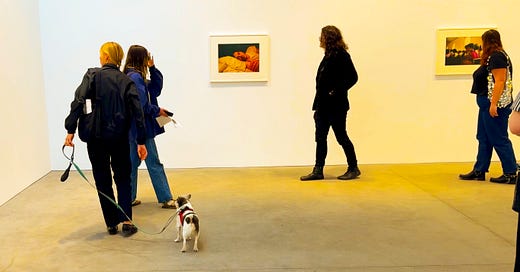



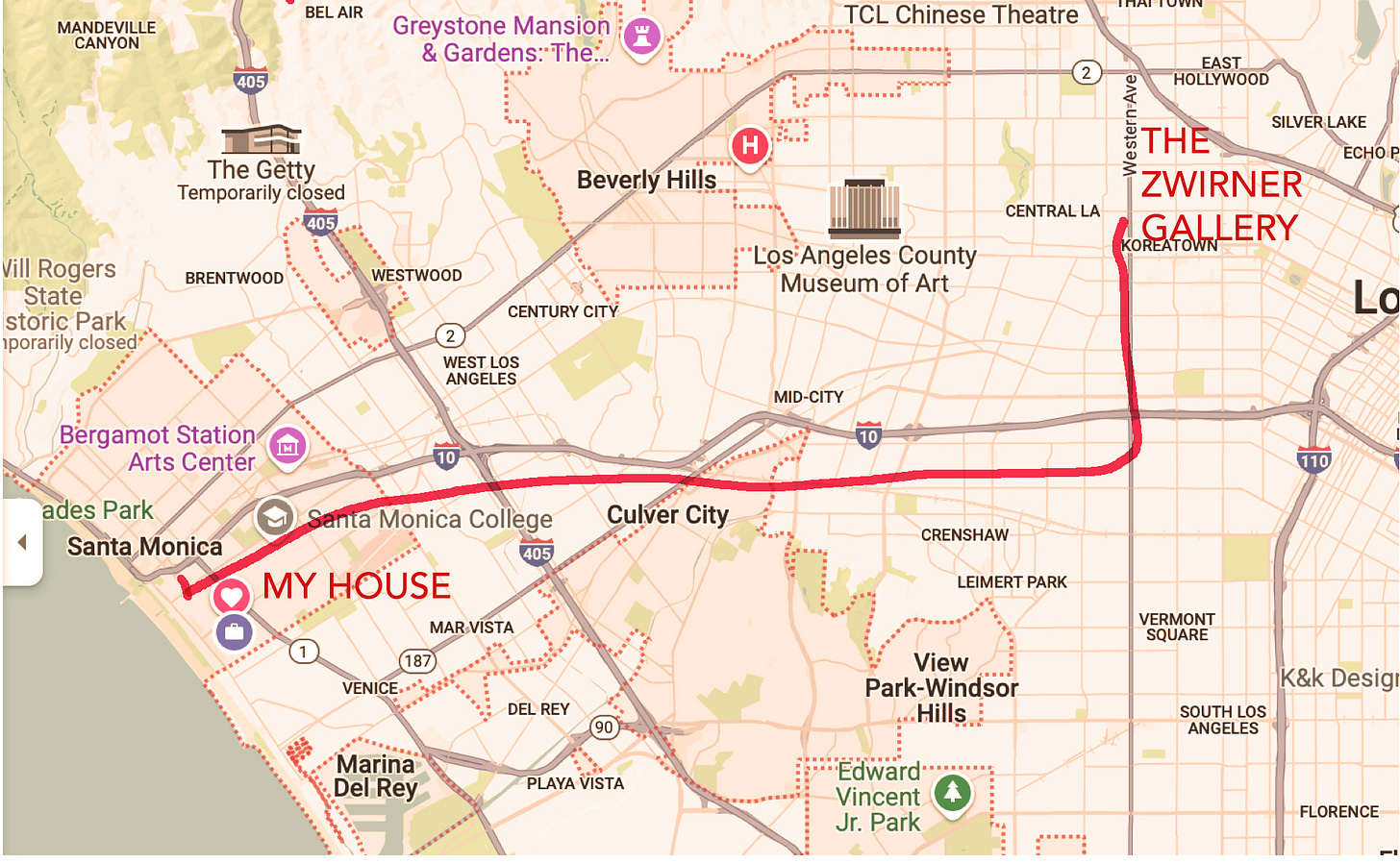
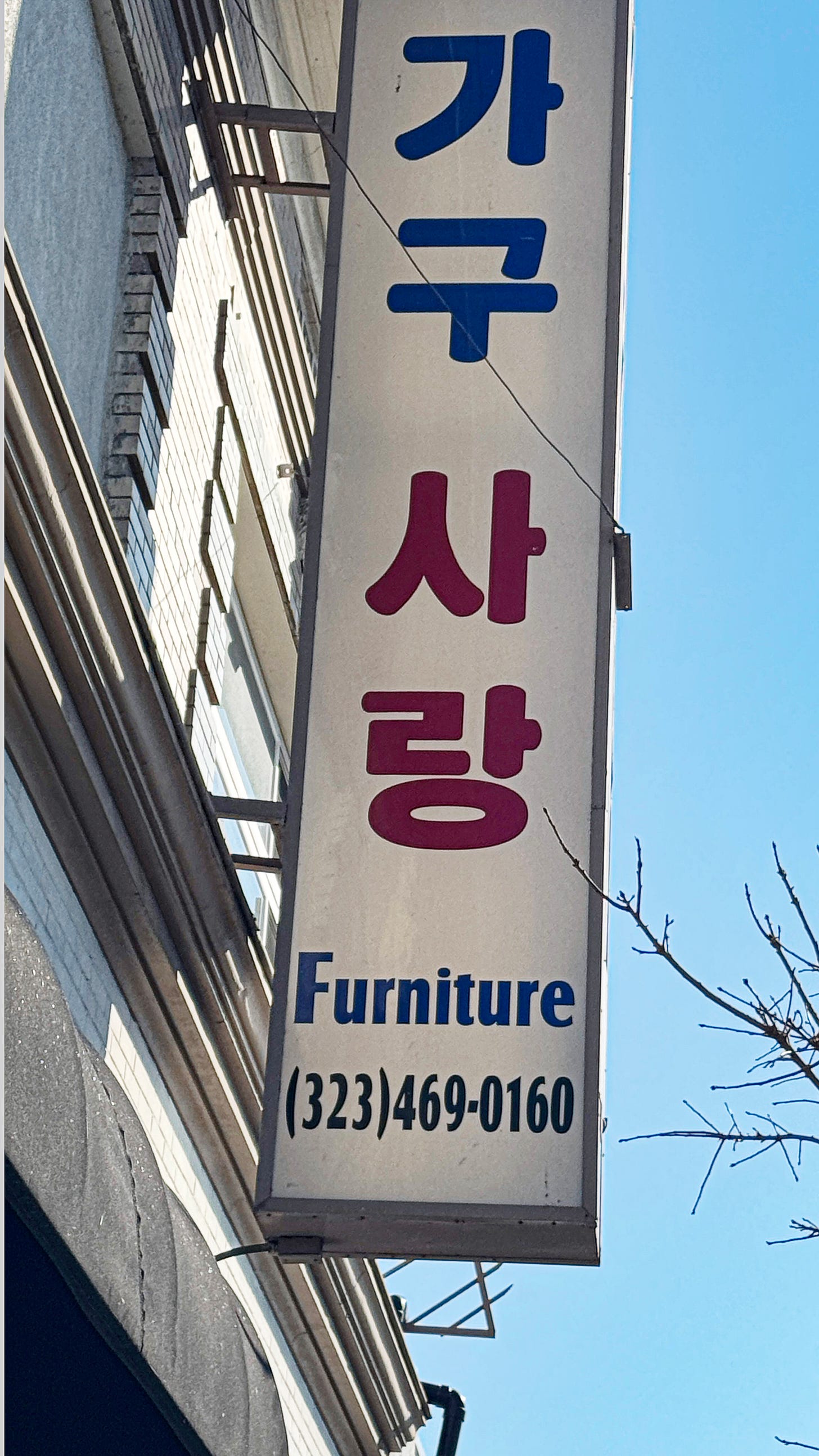
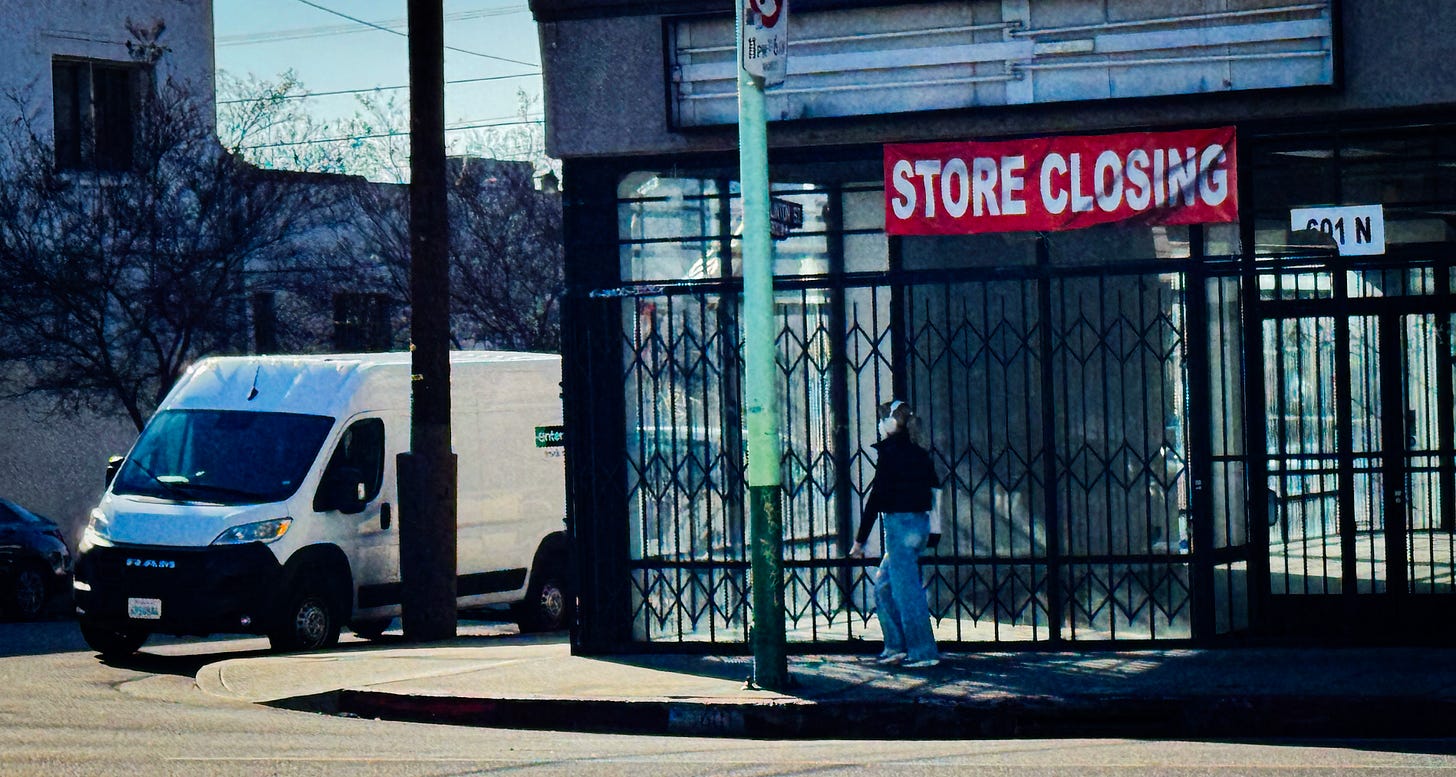






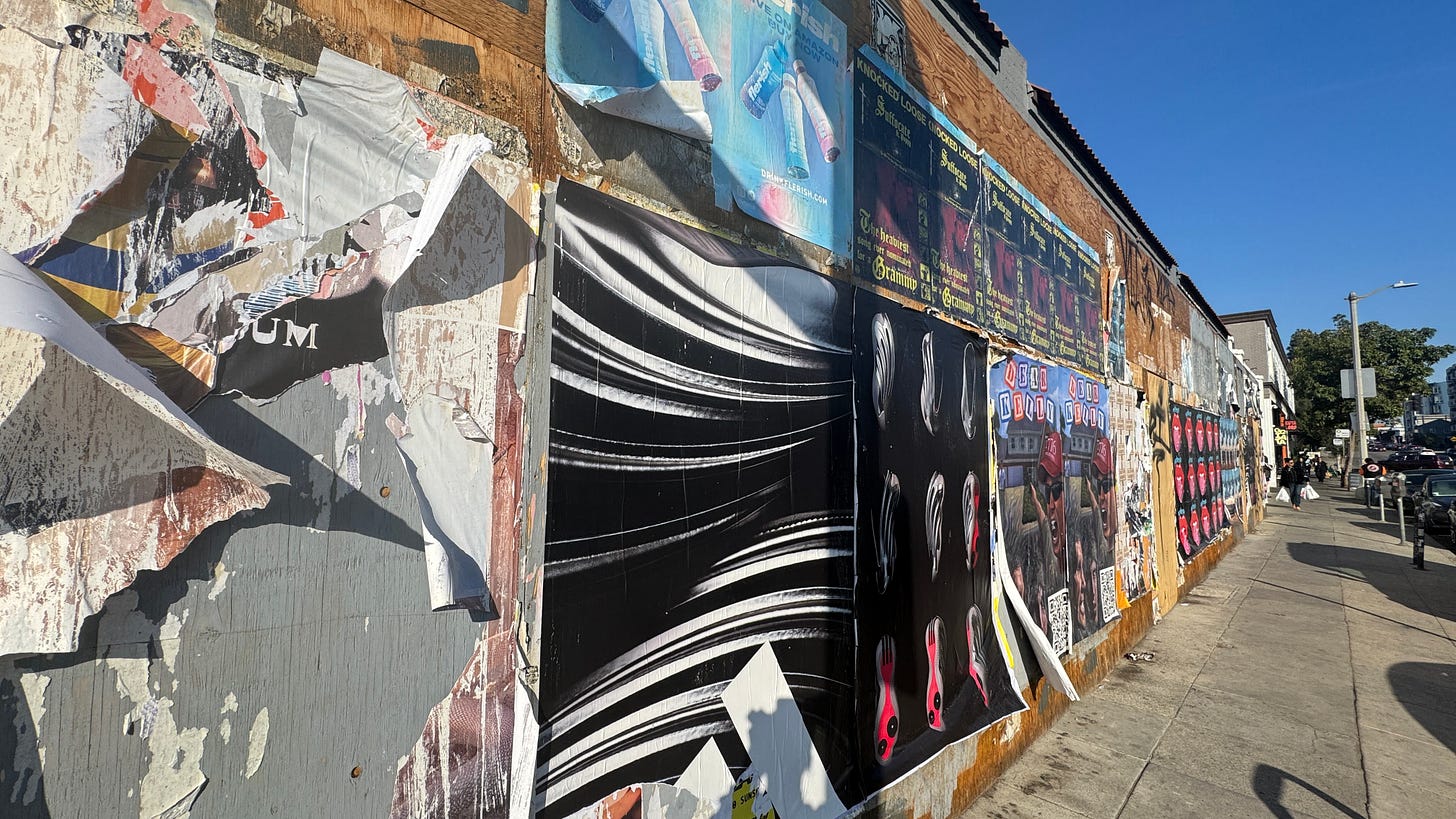
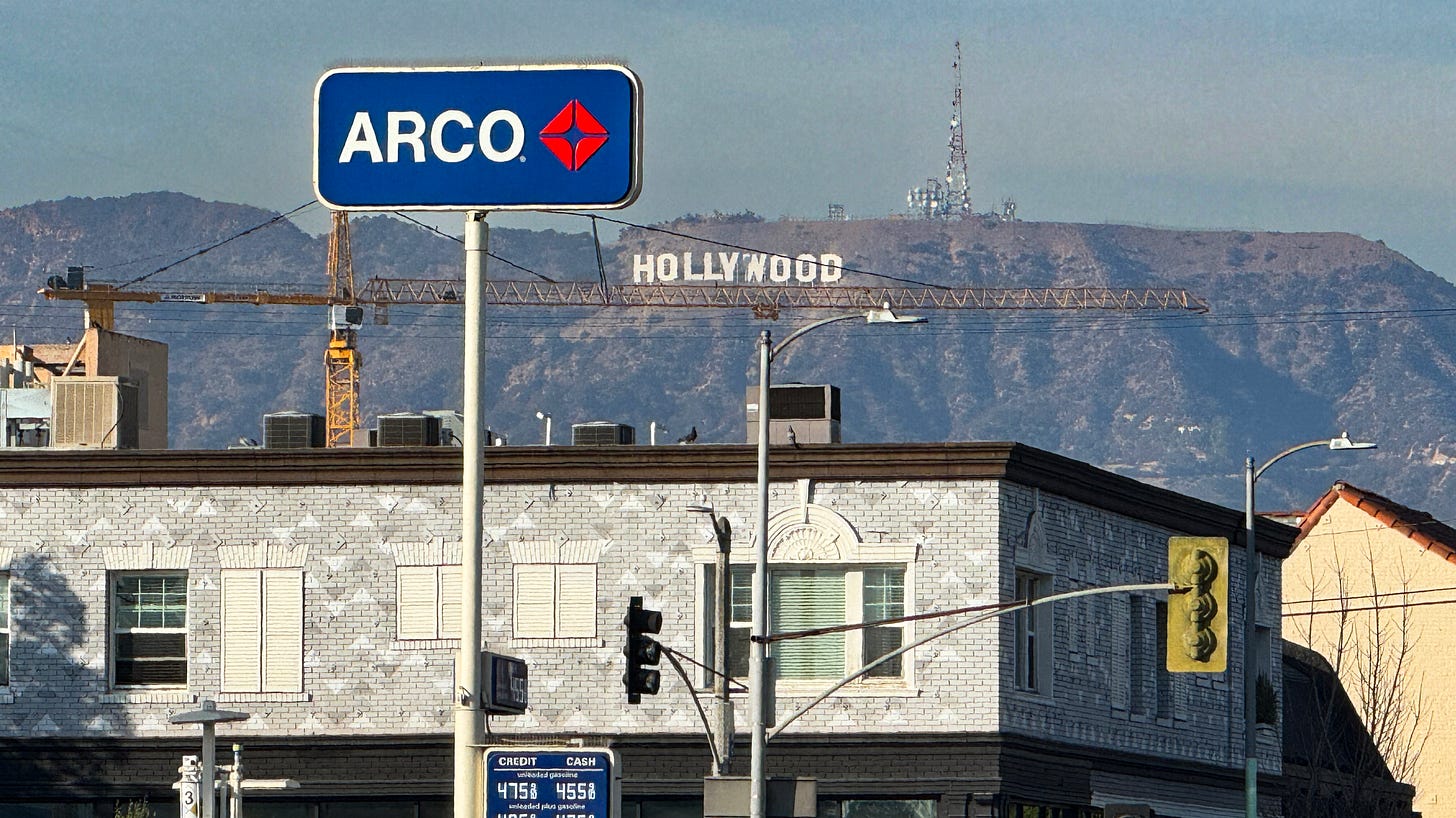
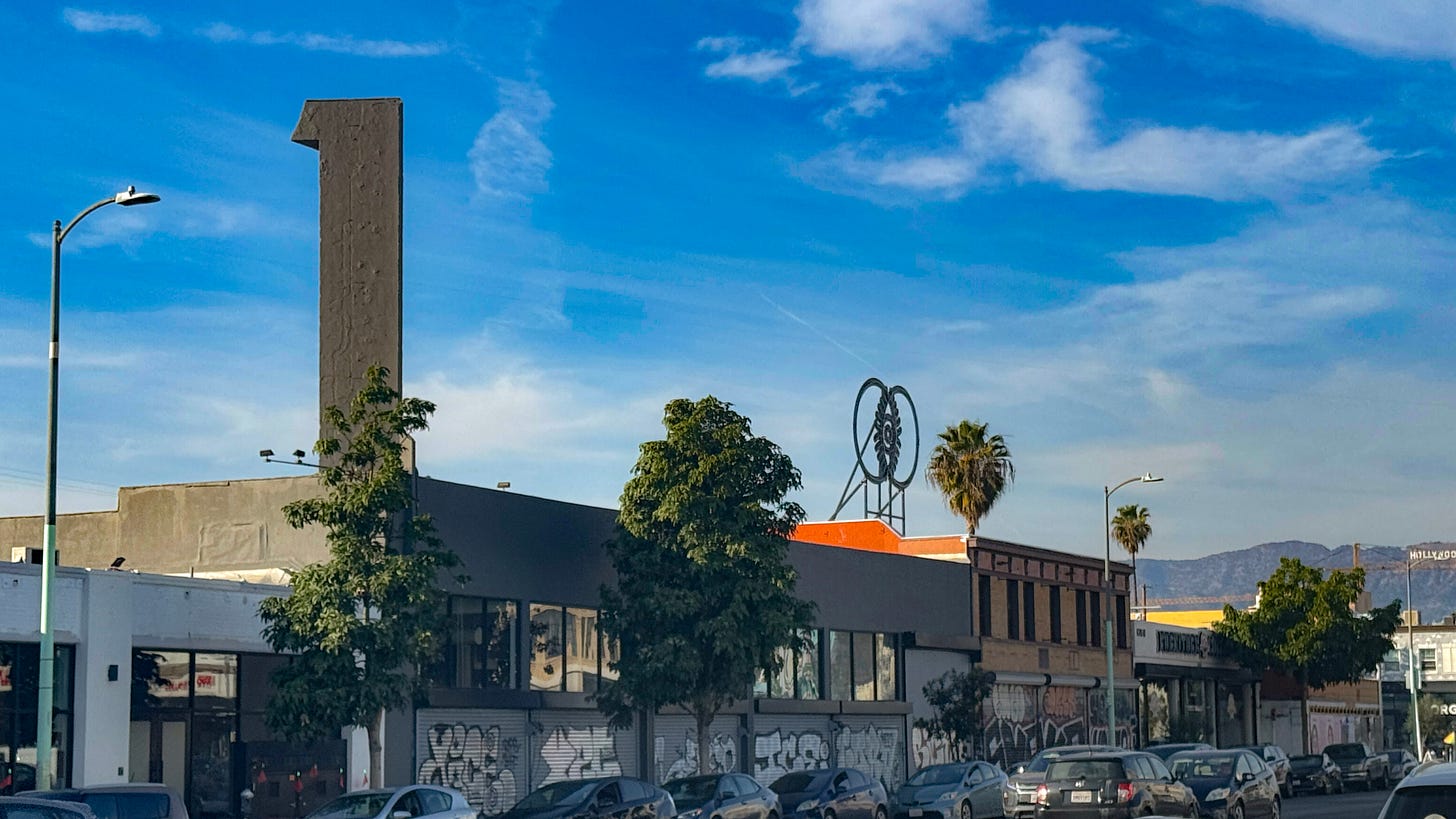
One of your finest, Paul
Love all your posts . Onwards and Upwards !